A match-up activity to practise multiplying a 2-digit number by a 1-digit number.
Use this match-up activity with your students as a way to practice multiplying a 2-digit number by a 1-digit number.
Instructions
1. Students shuffle the cards and place them face up in the middle of the playing area.
2. Students take turns solving the multiplication problems using a method of their choice.
3. Once they have calculated their answer, students find the corresponding answer card and place it with their problem card to make a pair.
4. When all of the matches have been made, students check their work using a calculator.
Ideas for Alternate Play
- Set a limit to the number of times each method can be used.
- Make the task a timed competition.
- Use MAB blocks to represent each question.
Why not review some effective multi-digit multiplication strategies before playing the game?
This resource was created by Talia Buonopane, a Teach Starter Collaborator.
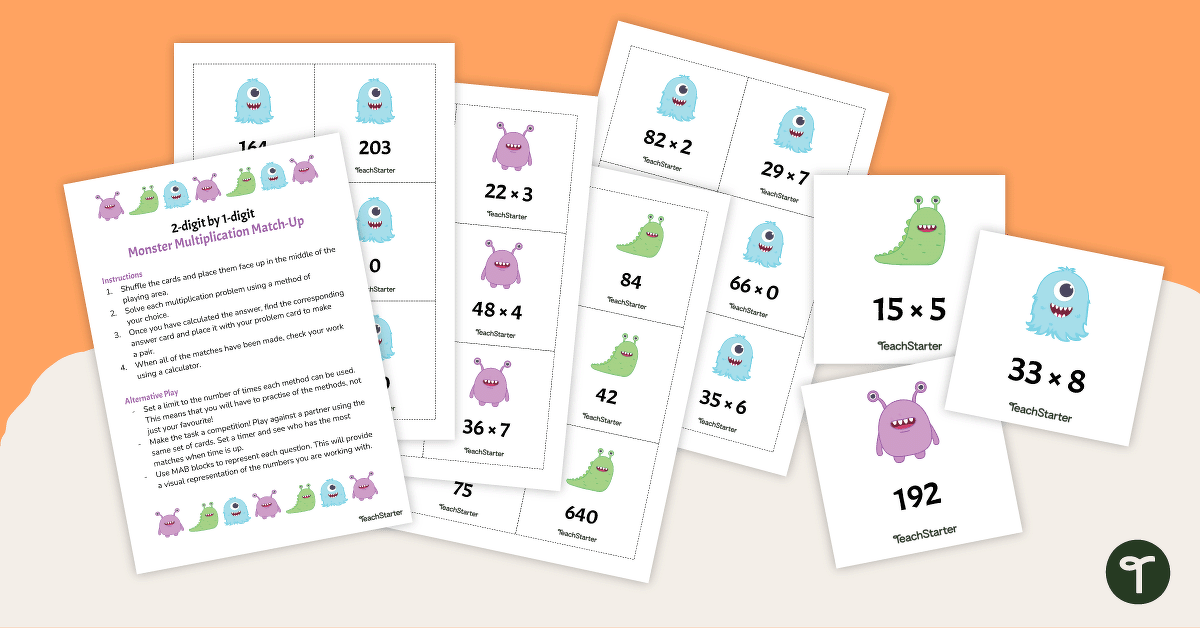


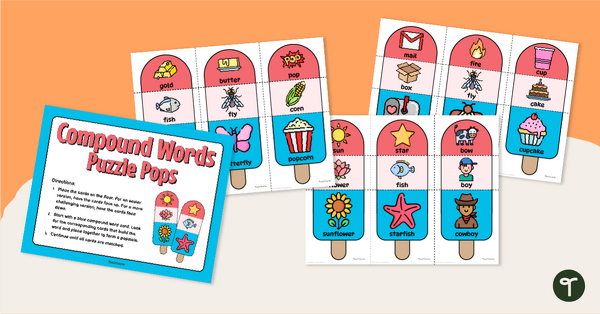
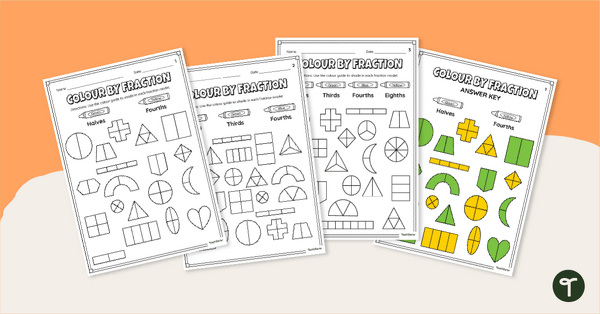
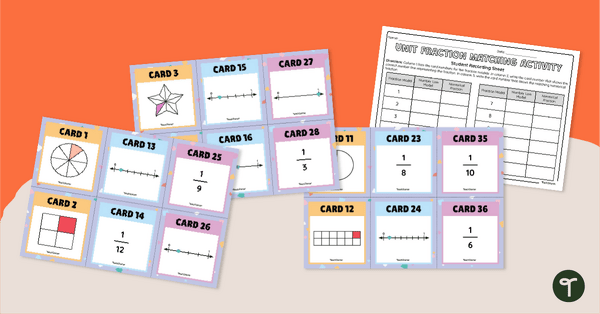
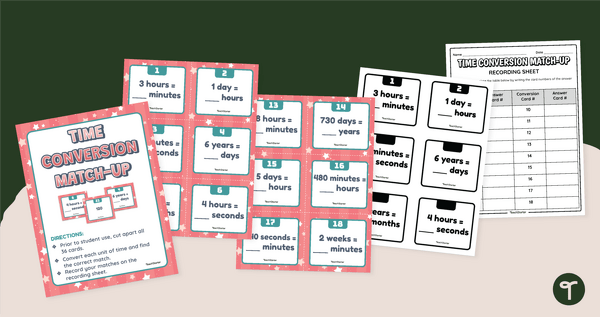
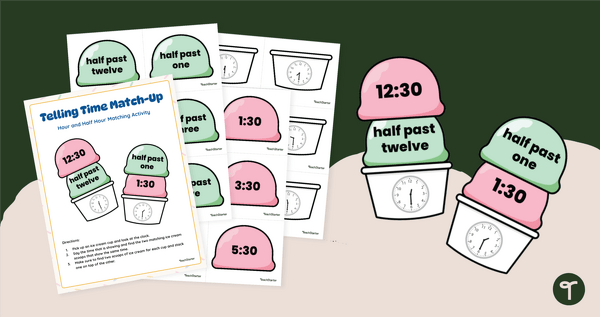

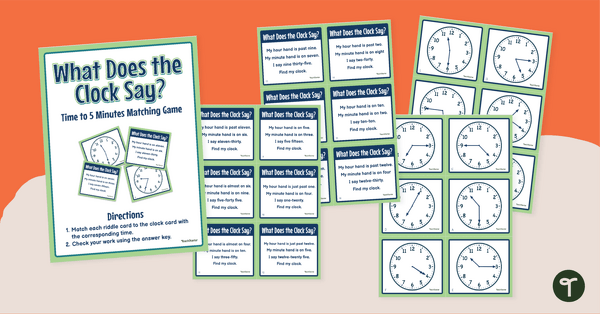
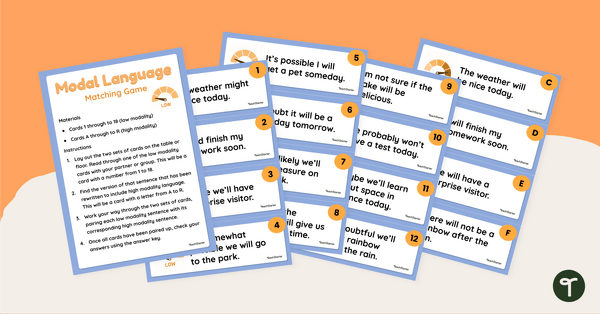

Hi, a tad disappointing to print, laminate and cut up all the cards to find that two of the answers do not match. 82 x 2 (is not 239) and 80 x 8 (not 160).
Hi Lisa, I'm sorry you had to experience this... it would have been very frustrating! The resource is being fixed and the new version will be available for download later in the day. My apologies once again for the inconvenience! Have a great day.
Just at a glance I noticed the 66 x 0 question's match was 66, not 0.
Thanks for bringing this to our attention, Matt! We'll get that fixed up straight away.